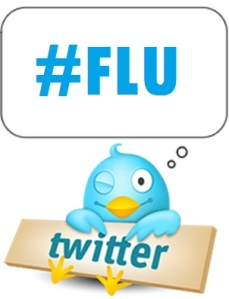
CDC/ Debora Cartagena
According to the 2009 Status of Local Health Departments Informatics, over half (55%) of LHDs providing primary care and 39 percent of LHDs providing dentistry services use an electronic, or part electronic, health record. Given the increase in EHR use by LHDs and funding to help EHR users, LHDs are becoming more aware of the importance of electronic health records.
Let’s take a look at Public Health – Seattle & King County and their recent efforts of implementing a certified EHR:
Public Health – Seattle & King County is implementing a new federally certified electronic health record (EHR) integrated with a patient management system through OCHIN/Epic. The new EHR will serve 14 sites, including public health centers, STD/HIV and Tuberculosis clinics, field nursing services, and jail health services.
“Our EHR project is a huge step forward for Public Health’s efforts to advance improvements in individual and public health outcomes while increasing efficiencies,” said Ben Leifer, Chief Administrative Officer for Public Health – Seattle & King County.
Public Health will launch the new EHR system in its primary care clinics beginning in June 2013. The project is expected to be completed by 2015.
“We have been actively planning for the new system since 2009, and our thorough work to date has laid the groundwork for a successful implementation,” said Kristi Korolak, Project Manager.
“OCHIN/Epic will provide us with better tools, in real time, to assess our patients’ needs and improve how we deliver care,” said Dr. Charissa Fotinos, Chief Medical Officer for Public Health. “Further, it will enable better patient coordination with local and regional partners, while supporting broader population-based health promotion and disease control.”
For LHDs who want to learn more information about EHRs, check out these useful resources:
- HIMSS highlight several tools that can be used to assist in the adoption and implementation of EHR: http://www.himss.org/ASP/topics_ehr.asp
- The Agency for Healthcare Research and Quality (AHRQ) Knowledge Library includes an implementation checklist to help address potential barriers and challenges to EHR implementation: http://1.usa.gov/cSyYlB
- The Public Health Data Standards Consortium (PHDSC) Electronic Health Record Public Health Task Force provides information on standards and EHRs: http://www.phdsc.org/health_info/ehr-task-force.asp
- The Office of the National Coordinator (ONC) for Health Information Technology provides information on the certification programs for EHRs: http://1.usa.gov/bhanF3
For more information on the Public Health – Seattle & King County EHR project, please contact Kristi Koralak.
Many thanks to Kathryn Ross from Public Health – Seattle & King County for contributing to the blog post.

